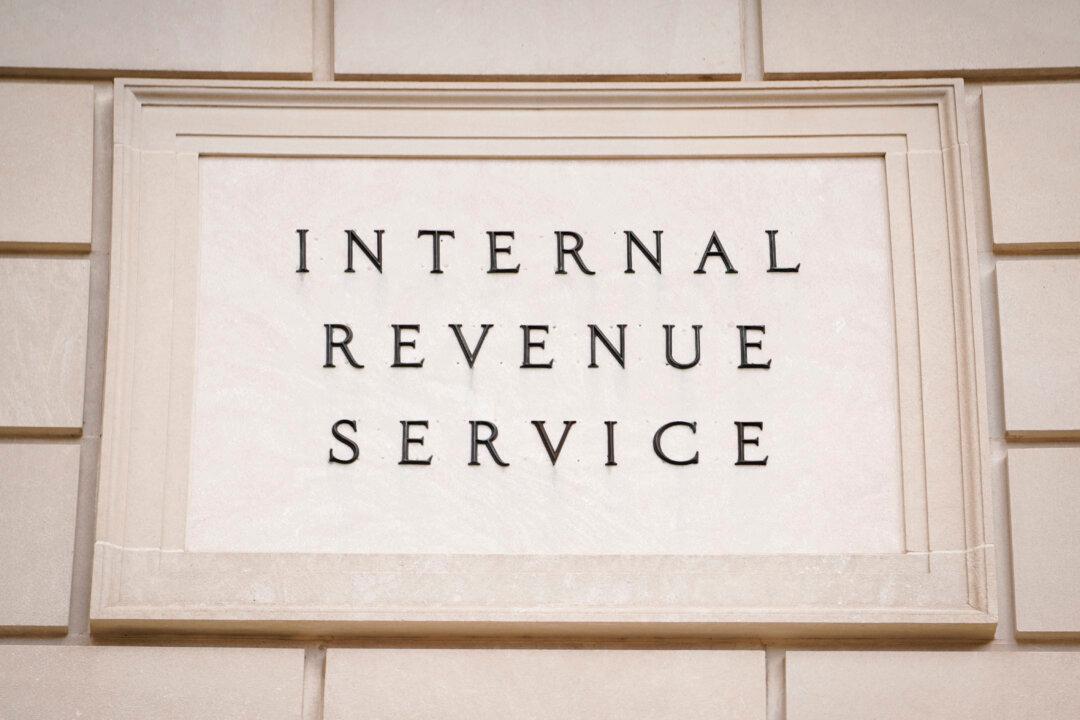Tackling the underreporting of incomes and ensuring tax compliance by wealthy individuals and corporations are two of the “major management challenges” the IRS is facing in fiscal year 2025, according to the Treasury Inspector General for Tax Administration (TIGTA).
The increasing complexity of tax administration and “sophisticated tax evasion schemes” are hindering the IRS’s ability to close the tax gap, the report stated. To deal with the issue, the IRS expanded enforcement on taxpayers with “complex tax filings and high-dollar noncompliance.”
The agency aims to focus increasingly on taxpayers with complex returns whose audit rates are relatively low. These include big corporations, large partnerships, and high-income, high-wealth individuals.
TIGTA noted that the IRS has had some success in its tax compliance measures. An initiative launched in late 2023 to collect unpaid taxes from 1,600 taxpayers who each owed more than $250,000 recovered $1.1 billion by September this year.
In addition, the agency is using data analytics to identify large corporations that should be subjected to audits. It has already begun 60 audits on the United States’ largest corporate taxpayers.
A critical issue that TIGTA is focusing on regarding the IRS’s increased compliance efforts is whether the tax agency is going after Americans making less than $400,000.
Subsequently, the IRS commissioner said the agency aimed to modify its audit selection process for claimants of the earned income tax credit, a selection process that is directed toward lower-income taxpayers.
Tax Gap, Underreporting of Taxes
The TIGTA report followed the IRS’s recent release of the tax gap data for tax year 2022. The IRS noted that the gap grew by more than $200 billion from tax years 2014 through 2016.However, the agency did not attribute this increase to large-scale tax evasion, instead citing economic growth as the key reason.
The voluntary compliance rate among taxpayers remained steady at 85 percent during this period. The 2022 tax gap jump “ultimately reflects growth in the economy and changes in the sources of income—not a change in taxpayer behavior involving filing or paying their taxes,” the agency said.
The single largest contributor to the tax gap estimates was sole proprietor income data. GAO’s review found that an estimated 21.5 million taxpayers reported some kind of sole proprietor income between 2014 and 2015.
Among this group, 28 percent were estimated to have reported the income correctly, and roughly 65 percent underreported by an average of $13,500.
While there has been interest in understanding how the tax gap is distributed in terms of taxpayer income, “identifying noncompliance by income is challenging because, by definition, noncompliant taxpayers do not accurately report their income,” GAO noted.
“Thus, IRS does not know a taxpayer’s true income without first conducting an audit,” it said.
“Since lower-income taxpayers are more likely to have simple tax returns, this lack of funding will likely translate into a higher share of audits falling on low- and middle-income taxpayers, while examination coverage rates for high-income and large corporate taxpayers will severely decline,” the IRS said in the report.







